The guys making sure Solar Impulse is safe
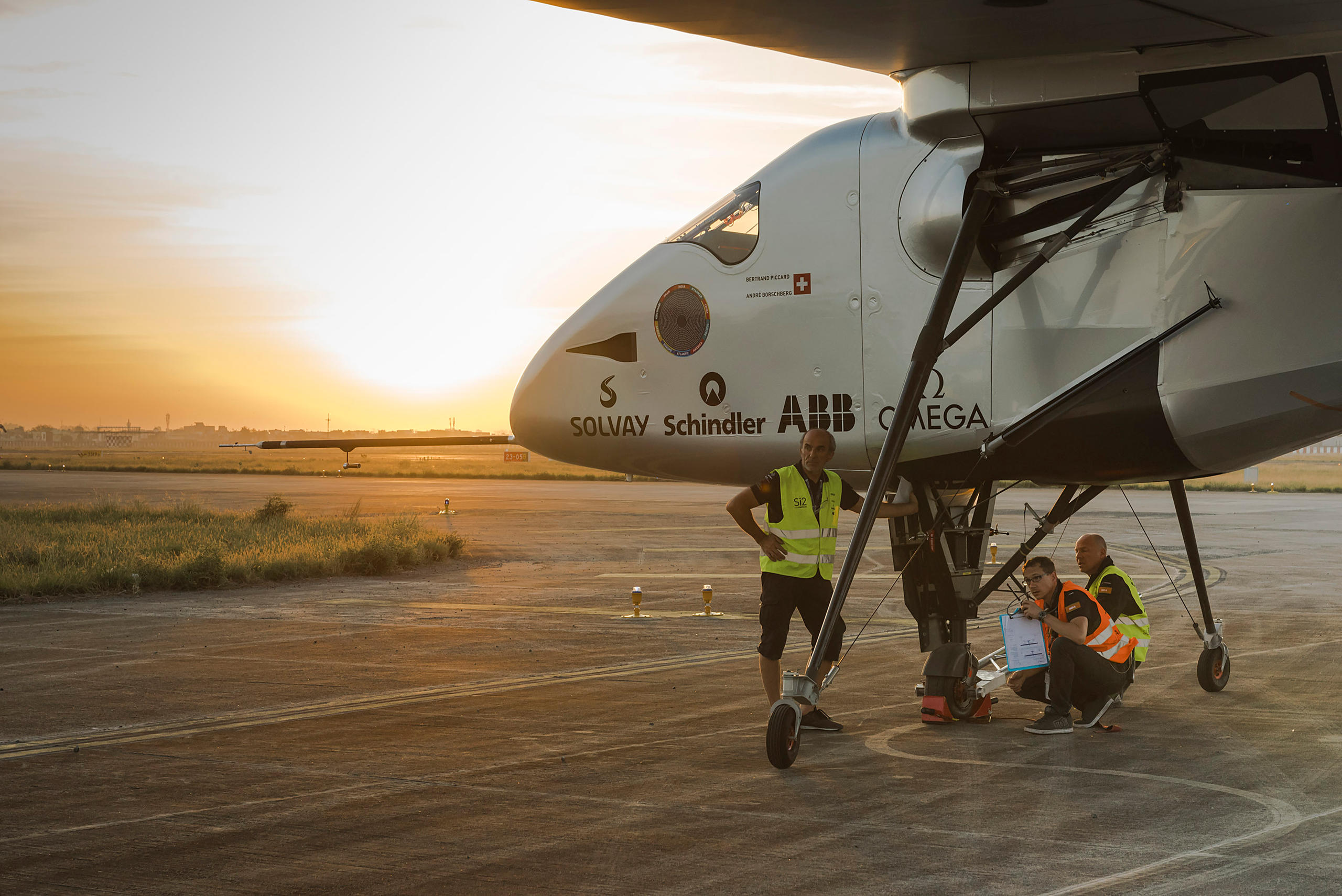
Adventurers are expected to take risks, but not at the expense of others. That’s why Switzerland’s Federal Office of Civil Aviation (FOCA) has to keep a close eye on Swiss solar plane Si2 as it pursues its attempt at a round-the-world flying record.
On Thursday morning Solar Impulse, piloted by Swiss adventurer Bertrand Piccard, took off from Phoenix Goodyear Airport for Tulsa International Airport in Oklahoma in the United States on the latest leg of its globetrotting journey.
Hamid Hampai, the FOCA certification manager for the Solar ImpulseExternal link project, talks to swissinfo.ch about the novelty of tracking a solar plane, and how he expects more such planes to be flying in the future.
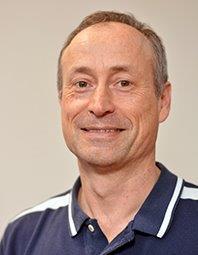
swissinfo.ch: How is FOCA involved with Solar Impulse?
Hamid Hampai: We started working with them seven years ago, and have been helping them define and agree upon all the technical requirements. The plane is registered in Switzerland, and they need a permit from us to fly in Switzerland.
swissinfo.ch: And what happens abroad?
HH: When they fly outside of Switzerland, they need to ask the foreign authority there. I know it’s not always an easy task to find the right office and person, but I think it worked fine. I wasn’t aware of any country that rejected their request. Politically, maybe it’s better with a Swiss flag. [chuckles] And Switzerland is known as a country that functions.
swissinfo.ch: How do you monitor Si2 and ensure that everything goes smoothly?
HH: We don’t follow the plane physically, but we visited and reviewed the mission control centre in Monaco, where all the main decisions are taken. We monitor what they do and get a report after each flight, and we give them feedback on that – sometimes with a request for a correction for the next flight.
Our focus is always any potential risk to third parties – people on the ground and maybe in the air. That’s really important. When it’s your own project, you might not mind taking a risk – but of course the people on the ground would mind. So that’s our main concern and duty.
swissinfo.ch: What’s the most enjoyable part of the Solar Impulse project?
HH: It’s especially interesting having discussions with the engineers. There were some instances where we had to push, and in the end they realised it was right to go in that direction, and it made Si2 a better and safer plane. This required FOCA’s technical competences in terms of things like the oxygen system, the engine, and the batteries.
swissinfo.ch: In terms of aviation, what’s the future of solar technology? How can you imagine it being applied?
HH: This plane is an extreme case – it can start with near-empty batteries and fill them up while climbing. It’s a huge plane that was engineered in a very detailed and complex way, so it’s not really representative. Technically, an airbus with an electrical engine isn’t foreseeable.
But now we have more and more small planes, one- or two-seaters, which have electrical engines. Some of them also have solar generators. In the near future, there will probably be several of these small planes flying. It will be quite interesting for flight schools. In highly populated Switzerland, noise is a problem, so these training planes would be good. You could have solar panels on the roof of the hangar to charge them.
swissinfo.ch: Have you got any other unusual projects on the horizon?
HH: There are several projects, like one where the plan is to fly to the stratosphere in an electric plane. It’s called SolarStratusExternal link. It would be a Swiss first.
The aircraft took off on March 9, 2015 from Abu Dhabi, the capital of the United Arab Emirates, then made stops in Oman, Myanmar and China. It then made an unplanned stop for nearly a month in Japan after high winds damaged a wing, before travelling on to Hawaii.
It has continued via San Francisco and Phoenix and will travel to New York next. From there it may go to Britain, France, Spain or Morocco.
The wings of Solar Impulse 2, which are wider than those of a Boeing 747, are equipped with 17,000 solar cells that power propellers and charge batteries. It weighs slightly more than a family car. The plane runs on stored energy at night. It can fly up to around 9,000m at an average speed of 28 miles per hour.
The single-seat solar-plane broke the record for the world’s longest nonstop solo flight – 118 hours.
Contact the author on Twitter @SMisickaExternal link or on WordPressExternal link.

In compliance with the JTI standards
More: SWI swissinfo.ch certified by the Journalism Trust Initiative









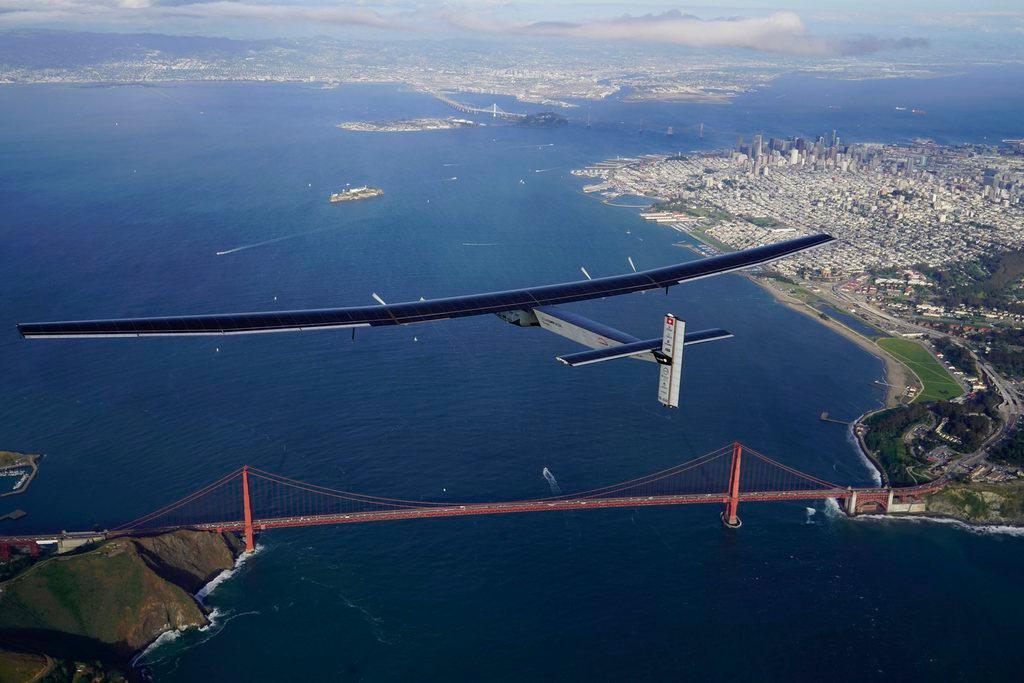
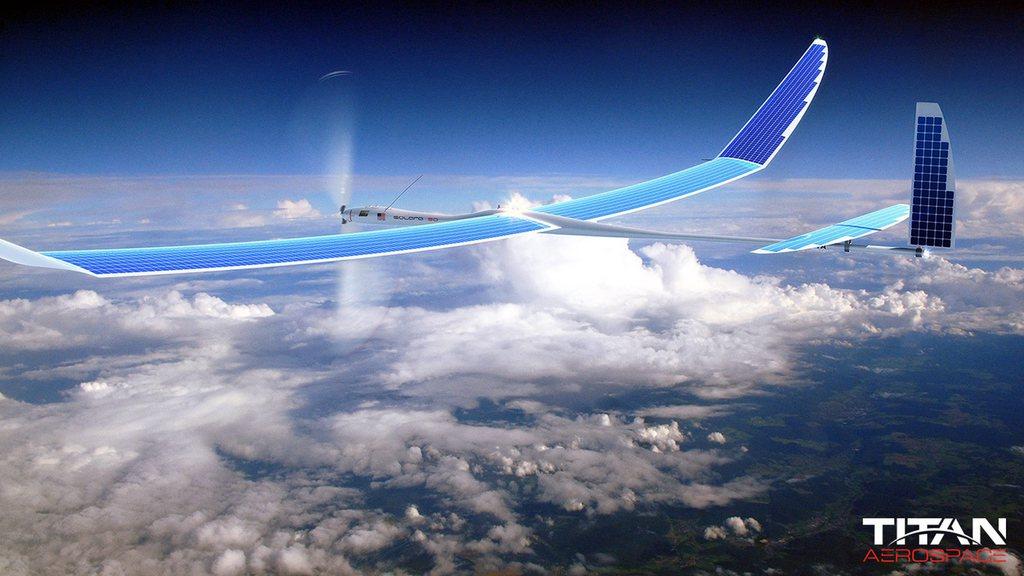

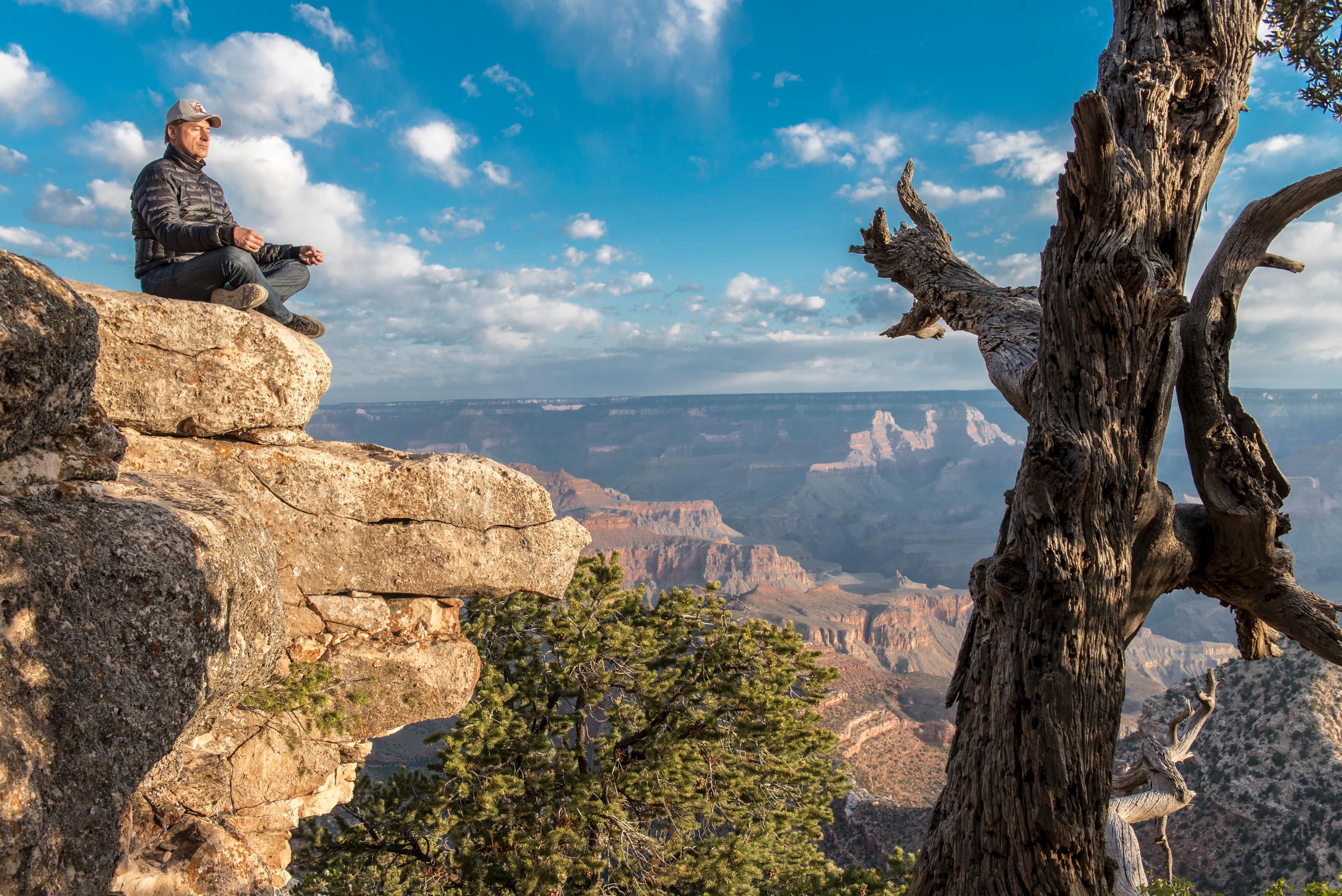
You can find an overview of ongoing debates with our journalists here . Please join us!
If you want to start a conversation about a topic raised in this article or want to report factual errors, email us at english@swissinfo.ch.